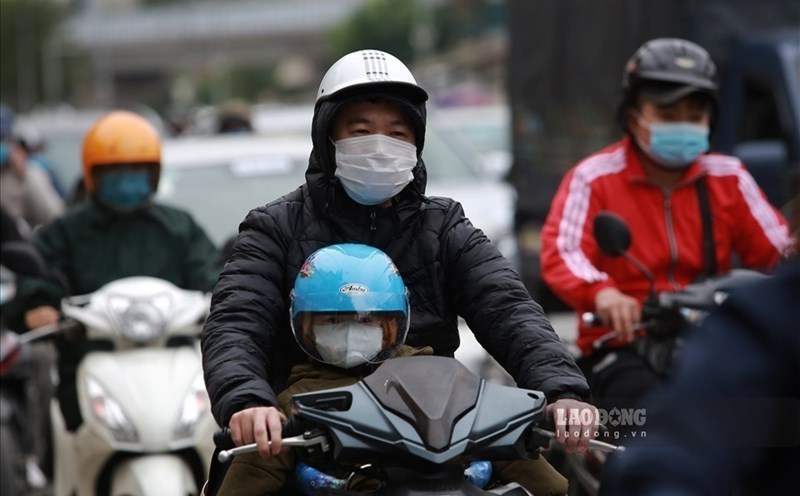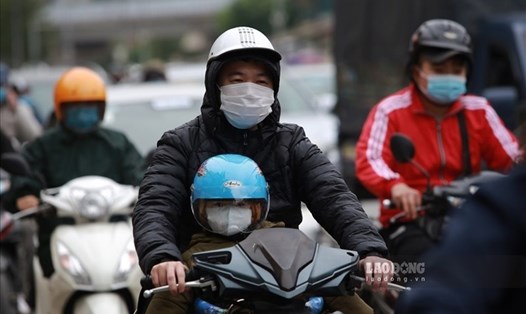According to the National Center for Hydro-Meteorological Forecasting, currently (5.2), in the north, a strong cold air mass is moving south.
Around the morning of February 7, this cold air mass will affect the Northeast region, then affect the Northwest, North Central, Central Central and some places in the South Central. The northeast wind inland will strengthen to level 3, coastal areas level 3 - 4, some places will have gusts of level 6.
From the afternoon of February 7, the weather will turn cold, severe cold. The lowest temperature in this cold air mass in the North is generally from 9 - 12 degrees Celsius, in mountainous areas 5 - 8 degrees Celsius, in high mountainous areas below 2 degrees Celsius.
From the night of February 7, the weather in the North Central region will turn cold, the area from Quang Binh to Hue will turn cold. The lowest temperature in the North Central region is generally 11 - 14 degrees Celsius, Quang Binh to Hue, commonly 14 - 16 degrees Celsius.
The Hanoi area from the night of February 7 will turn cold, with some places experiencing severe cold. The lowest temperature in this cold air mass is generally 10 - 12 degrees Celsius.
Regarding other notable patterns, due to the influence of the strengthening cold air combined with the strong current in the western wind zone above from the night of February 6 to the morning of February 8, the Northern region and Thanh Hoa will have scattered rain. From February 7 to 9, the area from Nghe An to Khanh Hoa will have rain, showers, locally heavy rain and thunderstorms. Thunderstorms are likely to cause tornadoes, lightning and strong gusts of wind.
Local heavy rains are likely to cause flooding in low-lying areas; flash floods on small rivers and streams, landslides on steep slopes.
The high mountains of the North are likely to experience snow and ice. These phenomena can potentially affect livestock and poultry; greatly affect the growth and development of crops.











